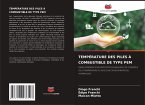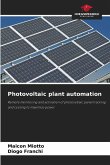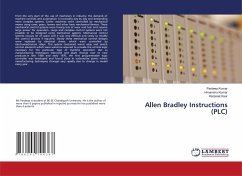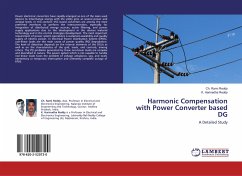With the increase in demand for electricity and the search for clean sources, fuel cells (FC) have emerged as a promising alternative that can act as energy stores. An experimental prototype was assembled using an alkaline electrolyzer, metal hydrides and PEM-type CaC. Temperature directly influences the operation and lifespan of CaC, but monitoring it is challenging due to non-uniform distribution and the presence of conductive material such as graphite. Thermocouples, which are widely used, require individual conditioners and compromise air flow. This work proposes the use of a matrix infrared sensor to measure stack temperature without physical contact. After calibration via software, the data is displayed as a thermal image on the plant's supervisory system and on a physical display next to the stack. The solution allows maximum and average temperatures to be identified, preventing damage. The components used, the communication system, the embedded code and the design of the support and modular sensor board are presented. Practical results validate the proposal.
Bitte wählen Sie Ihr Anliegen aus.
Rechnungen
Retourenschein anfordern
Bestellstatus
Storno








